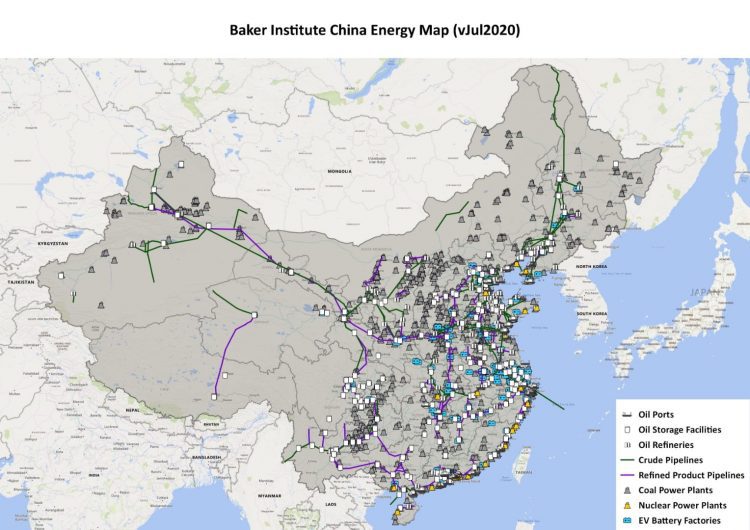

Rice University’s Baker Institute for Public Policy released its latest China Energy Map, an open-source, interactive chart of the country’s energy infrastructure.
The map was created by Shih Yu (Elsie) Hung, a research manager at the Baker Institute Center for Energy Studies, and Gabriel Collins, the Baker Botts Fellow in Energy and Environmental Regulatory Affairs at the institute.
“We are releasing the Baker Institute China Energy Map in the hope that an open, comprehensive and regularly updated source of vital China energy infrastructure data can help facilitate improved analysis by a broad range of participants,” they wrote.
The map, first released in February 2019 as the China Oil Map, “tracks nearly 4,000 energy facilities in China—it serves as a great resource of facility-level data to both academia and general public,” Hung said.
The project has evolved significantly and continues to grow. To more accurately capture China’s complete energy system, it now features not only oil infrastructure, but also coal power plants, nuclear power plants and electric vehicle battery factories.
To access the map directly, click here. For the data and methodology, click here.